Tree Health Monitoring: Early Detection of Problems
- September 19, 2024
- 0 comment
Tree health plays a vital role in maintaining both environmental balance and economic value. Healthy trees provide numerous benefits, such as carbon sequestration, air purification, shade, and habitats for wildlife. Additionally, trees contribute significantly to property values and urban aesthetics. However, trees are vulnerable to a variety of issues, including pests, diseases, and environmental stressors like drought or pollution. Without early detection, these problems can lead to tree decline and eventual loss.

Early detection is crucial in preventing long-term damage and preserving tree health. By identifying problems early, tree owners and arborists can implement timely solutions, reducing the need for drastic measures such as removal. Regular monitoring helps catch subtle signs of stress before they develop into severe issues, ensuring trees remain strong and healthy for years to come.
Table of Content
- Indicators of Tree Health Problems
- Technologies for Monitoring Tree Health
- Common Pests and Diseases: Early Warning Signs
- Environmental Stress and Its Impact on Tree Health
- Steps for Conducting a Tree Health Assessment
- Preventative Measures for Tree Health
- The Role of Arborists and Tree Health Experts
- FAQs
Indicators of Tree Health Problems

Monitoring tree health requires a keen eye for both visual and physical symptoms. One of the first signs of stress is often seen in the leaves. Discoloration, wilting, and abnormal growth patterns, such as smaller-than-usual leaves or leaf curling, may indicate underlying problems. Another common visual cue is early leaf drop, which can signal that the tree is struggling.
Physical symptoms, such as cracks in the bark, sap leakage, or dead branches, can also be warning signs. These issues often point to more severe problems within the tree’s structure. Additionally, the roots play a crucial role in tree health. Poor soil conditions, compaction, or root damage can lead to poor nutrient and water absorption, further weakening the tree. Monitoring these indicators allows for early intervention to address tree health problems before they become unmanageable.
Technologies for Monitoring Tree Health
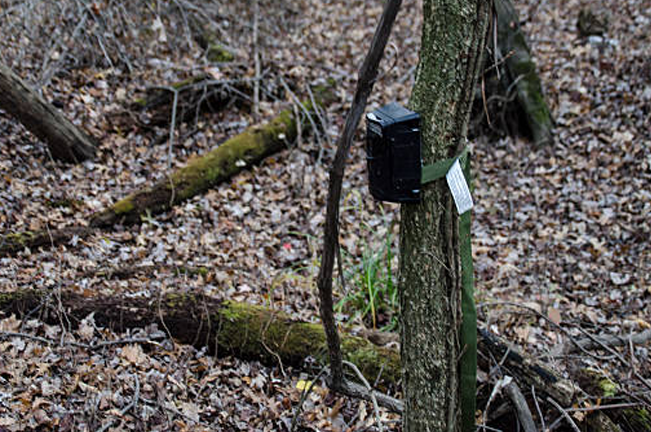
The advancement of technology has significantly improved the ability to monitor tree health with greater precision and efficiency. Drones equipped with high-resolution cameras and infrared sensors can capture detailed images of tree canopies, identifying early signs of stress that may not be visible from the ground. These tools provide a bird’s-eye view of large areas, making it easier to monitor multiple trees in forests or urban settings.
In addition to drones, imaging tools such as thermal cameras help detect heat stress in trees, while soil moisture sensors provide real-time data on water levels, alerting tree managers to potential hydration issues. Remote sensing technologies and data analytics have also emerged as valuable tools in assessing tree health. These innovations help detect subtle issues, like slight changes in leaf temperature or moisture levels, allowing for prompt action to protect the tree.
Common Pests and Diseases: Early Warning Signs
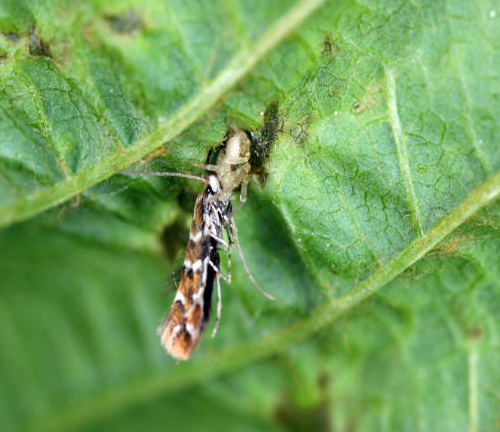
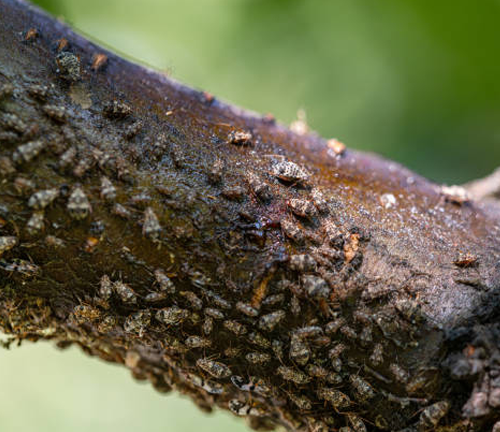
Trees are susceptible to various pests and diseases that can cause significant damage if left unchecked. For instance, the emerald ash borer, a small beetle, has devastated ash tree populations across many regions. Similarly, fungal infections, such as root rot or leaf spot diseases, can spread quickly, weakening the tree’s structure and health.
Recognizing the early warning signs of infestations and infections is critical for preventing widespread damage. Look for small holes in the bark, which could indicate boring insects, or discolored patches on leaves and branches that may suggest fungal growth. Regular inspections and proactive management, including pruning affected areas and using treatments or natural predators, can help control pests and diseases before they cause irreversible damage.
Environmental Stress and Its Impact on Tree Health
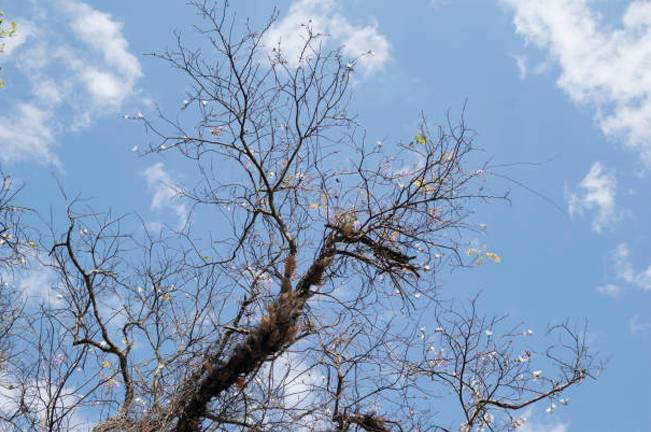
Environmental factors such as drought, pollution, and climate change pose significant challenges to tree health. Trees rely on a consistent supply of water, nutrients, and favorable conditions to thrive. Drought conditions can cause water stress, leading to wilting, leaf drop, and weakened defenses against pests. On the other hand, pollution from chemicals or urban runoff can lead to nutrient imbalances, stunting tree growth and making them more vulnerable to disease.
Detecting these stressors early is essential for effective intervention. Look for signs such as yellowing leaves, stunted growth, or brittle branches, which may indicate water or nutrient deficiencies. By implementing early interventions, such as improving irrigation or soil conditions, trees can recover from environmental stress and avoid long-term damage.
Steps for Conducting a Tree Health Assessment
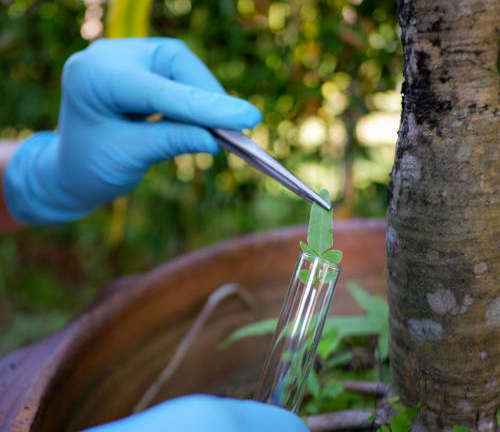

Conducting a tree health assessment begins with a thorough visual inspection. Examine the leaves, bark, branches, and roots for any signs of stress or damage. Healthy leaves should be vibrant in color, while the bark should be smooth and free of cracks or excessive sap. Dead branches or brittle bark may signal internal issues, while root problems could manifest as poor soil drainage or root exposure.
Using diagnostic tools can enhance the accuracy of these assessments. Soil testing can reveal nutrient imbalances or poor drainage, while moisture sensors help ensure the tree is receiving adequate hydration. Documenting these observations and tracking changes over time is key to understanding how the tree’s health evolves and allows for early interventions when problems arise.
Preventative Measures for Tree Health
Preventing tree health issues starts with proper planting techniques and long-term soil management. Ensuring that trees are planted in well-drained soil with adequate space for root expansion is critical. Regular mulching can help retain soil moisture and protect the root zone from extreme temperatures.
Establishing a monitoring schedule is another essential preventative measure. Regularly checking for signs of stress, pests, or disease can help identify issues before they become severe. Additionally, maintaining tree health through consistent watering, pruning, and fertilization supports strong growth and increases resistance to environmental stressors and diseases.
The Role of Arborists and Tree Health Experts
While monitoring tree health can often be done by tree owners, there are times when professional assistance is necessary. Arborists, trained in tree care and health diagnostics, can provide expert assessments and identify issues that may not be visible to the untrained eye. Arborists use specialized tools and techniques to examine tree health more thoroughly and can recommend treatments tailored to the specific needs of the tree.
Collaboration between tree owners and experts ensures long-term health solutions. Arborists can provide valuable guidance on proper care and maintenance, offering treatments or management plans to address specific health concerns. Regular consultations with arborists can significantly improve the chances of early detection and intervention, protecting trees from decline.
Frequently Asked Questions (FAQs)
1. Why is monitoring tree health important?
Monitoring tree health is crucial to prevent tree decline caused by pests, diseases, or environmental stress. Early detection allows for timely interventions that can save trees and avoid costly treatments or tree removal.
2. What are the common signs of tree health problems?
Common signs of tree stress include leaf discoloration, wilting, early leaf drop, cracks in the bark, sap leakage, and dead branches. Poor root health or compacted soil can also indicate underlying issues.
3. How can I detect early tree health problems?
Regular visual inspections for changes in leaf color, bark condition, and branch health can help detect problems early. Additionally, using technology like moisture sensors, soil tests, and drones can assist in identifying more subtle issues.
4. What role does technology play in monitoring tree health?
Technology like drones, imaging tools, and soil sensors can detect issues that are hard to spot with the naked eye. These tools provide detailed data on tree health, helping identify problems before they become severe.
5. What are the most common pests and diseases that affect trees?
Common pests include the emerald ash borer and various bark beetles. Diseases like root rot, leaf spot, and fungal infections can also severely impact tree health if not detected early.
6. How do environmental factors like drought or pollution affect trees?
Environmental stressors such as drought or pollution can lead to water stress, nutrient deficiencies, and weakened tree defenses. This makes trees more vulnerable to pests and diseases, which is why early detection of environmental stress is essential.
7. How can I assess the health of a tree?
A tree health assessment involves visually inspecting leaves, bark, branches, and roots for signs of damage or stress. Using tools like soil tests and moisture sensors can also provide deeper insights into a tree’s health.
8. When should I call an arborist?
If you notice significant damage, such as large cracks in the bark, widespread dead branches, or signs of a serious pest infestation, it’s best to consult an arborist. Arborists have the expertise and tools to diagnose tree health problems and recommend treatments.
9. What preventative measures can I take to keep my trees healthy?
Preventative measures include proper planting techniques, maintaining good soil conditions, regular watering, pruning, and fertilization. Monitoring tree health regularly and addressing small problems early can prevent larger issues.
10. Can trees recover from severe health issues?
In many cases, trees can recover from health issues if detected and treated early. However, severe damage caused by pests, diseases, or environmental stress may require expert intervention or, in some cases, tree removal.
11. How often should I monitor my trees?
Regular tree monitoring is essential. Depending on the species and location, trees should be checked seasonally or annually, especially during changes in weather conditions or after any visible signs of stress appear.

Gilbert Griffin
Forestry AuthorGilbert Griffin is a forest management expert specializing in sustainable practices, forest health, conservation, and land management. With extensive knowledge in pest control, disease management, and habitat restoration, Gilbert develops strategies to preserve forest ecosystems and biodiversity. Passionate about the natural world, Gilbert adapts to changes in forest management and stays updated through continuous learning. Gilbert also provides seasonal advice to optimize forest care throughout the year.

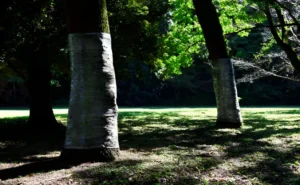
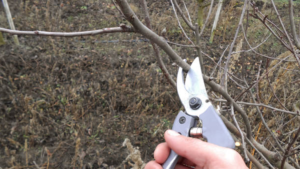
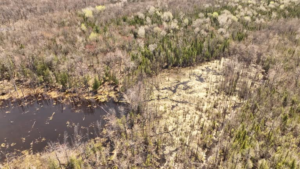



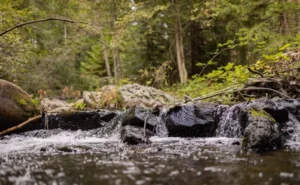
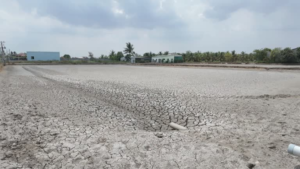

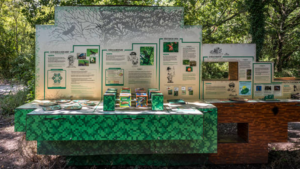
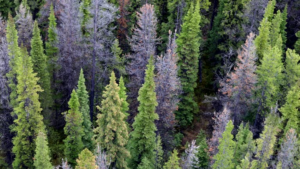
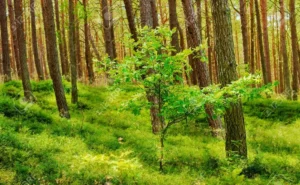
Leave your comment